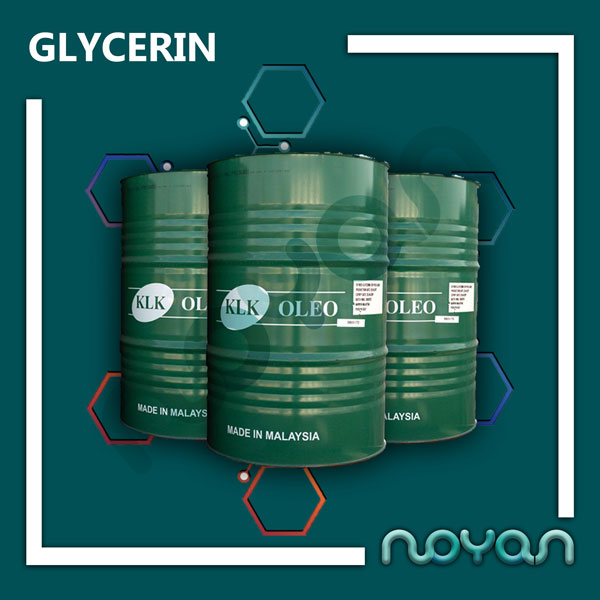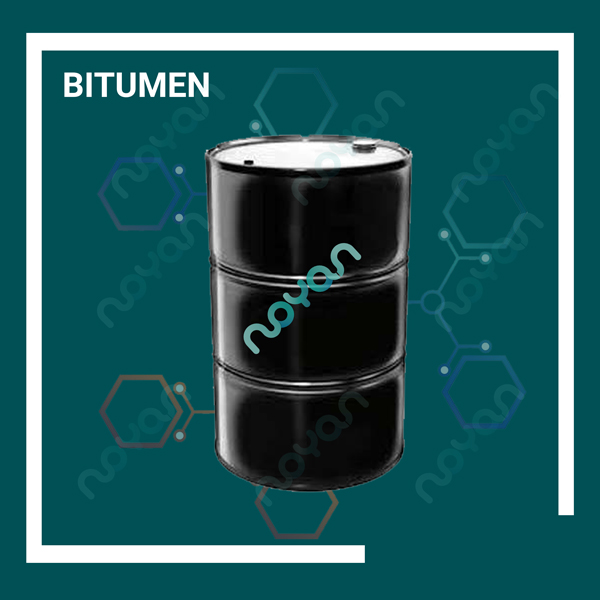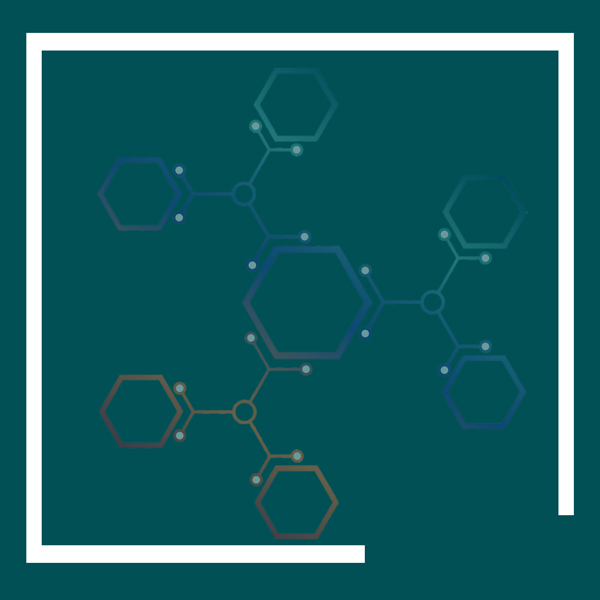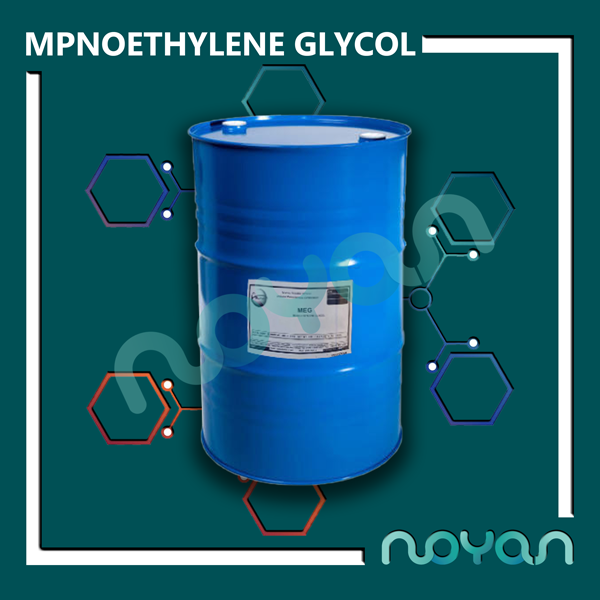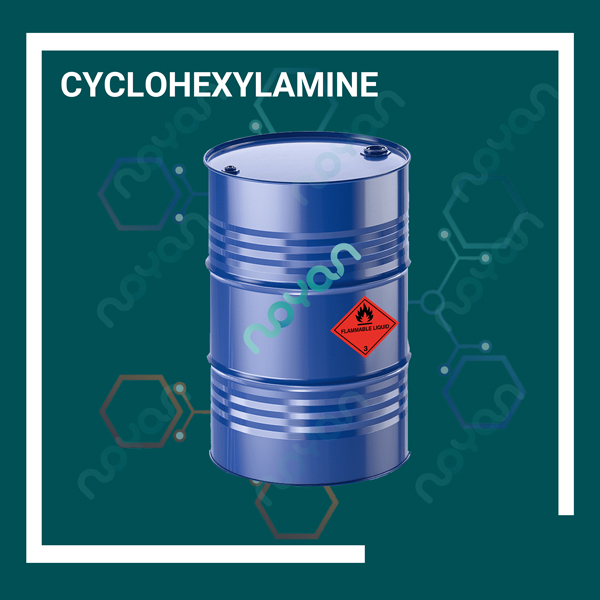Glycerin, or glycerol, is a clear, odorless liquid found in most natural plant and animal fats, including fats in your skin. Commercial glycerin is made from natural products such as vegetable oils or propylene alcohol, which is used in many soaps and skin care products. Just be sure to choose a plant glycerin instead of a chemical-derived one to get the most out of it. Pure glycerin is used in pharmacy. Glycerin is used to make face cream lotions. Glycerin retains moisture on the surface of the skin. This substance is also used to make cosmetics, because it is a good solvent and absorbs moisture on the surface of the skin and makes the skin soft and oily. Glycerin is used in suppository form as a hyperosmotic laxative and emollient to prevent constipation. It reduces blemishes and damage, so it makes your skin soft, radiant and fresh. Combine a teaspoon of glycerin with 2 tablespoons of rose water and pour it into a spray bottle. Spray this toner on your clean skin before using the moisturizer. Do this every day. You can keep this homemade toner in the refrigerator for a week. Food industry (food industry) In food and beverages, glycerol serves as a solvent and sweetener as a moisture-absorbing substance and may help preserve foods. It is also used as a filler in low-fat foods that are economically prepared (such as cookies) and as a thickening agent in alcoholic beverages. Glycerol and water are used to maintain certain types of leaves. Like a sugar substitute, it has about 27 kcal per teaspoon and is 60% sweeter than sugar beet. It does not feed on the bacteria that form plaque and plaque and cause cavities. Glycerol is listed as a dietary supplement under number E422. This is added to the freezer to prevent it from becoming too hard. As used in food, glycerol is classified as a carbohydrate by the American Dietetic Association. The American Institute of Food and Drug Administration includes carbohydrate design for all protein-free, fat-free foods. Glycerol has the same caloric density as sugar but has a lower glycemic index and different metabolism in the body, so it accepts some of the nutritional coordinates of glycerol as a sweetener compatible with low carbohydrate diets. Personal Care and Pharmacological Applications Glycerol suppositories are used as anti-constipation. Glycerol is used in personal care preparations, pharmacology and medicine, and is mainly used as an electrical enhancement device – to provide lubrication and as a moisture-absorbing substance. In the treatment of allergy prevention – cold syrups – expectorants and elixirs – toothpaste – mouthwash – skin care products – shaving creams – hair care products – soaps and personal oils based on water have been seen. In solid form, such as tablets, glycerol is used as a preservative. For General Consumption – Glycerol is classified by the United States as a high-calorie diet among sugary alcoholic beverages. Glycerol is content of glycerin soap. Essential oils have been added for good aroma. This type of soap is used by people with sensitive and easily damaged skin because it prevents dry skin with its moisturizing properties. Moisture is absorbed through the layers of the skin and prevents excessive dryness and evaporation or slows it down. Sharing glycerin is a common ingredient in many bath salt recipes. However, some claims due to the glycerin-absorbing properties of glycerin can be more of a size delay than a benefit. Glycerol can be used as a constipating agent when it enters the rectum in a suppository or in a lower dose form of 2 to 10 ml. This burns the anal mucosa and has a hyperosmotic effect. If used orally, it is often mixed with fruit juice to reduce its sweet taste. Glycerol can cause a rapid and temporary decrease in intraocular pressure. This can be useful for the immediate treatment of severe ocular pressure. Plant Extracts When a monochromatic method is used in extracts, especially as a solvent, 10% glycerol of the instrument’s ink prevents precipitation in the ethanol extracts of plants (dye). It can also be used as an alcohol-free alternative to ethanol as a solvent in the preparation of herbal extracts. It is less compact when used in a standard paint method. Glycerol is absorbed by the body about 30% more slowly, resulting in a lower barglycemic load. Alcohol-based dyes can also have alcohol removed and replaced with glycerol to maintain its properties. Such products are not alcohol-free or scientifically or consumable, but eliminated alcohol products should be mentioned in all more detailed examples. Liquid juice manufacturers often spray the herb in warm water before adding glycerin to make glycerin, when used as a botanical juice (a true non-alcoholic plant, ethanol), which is solvent-based in dynamics-free methods. Is.
